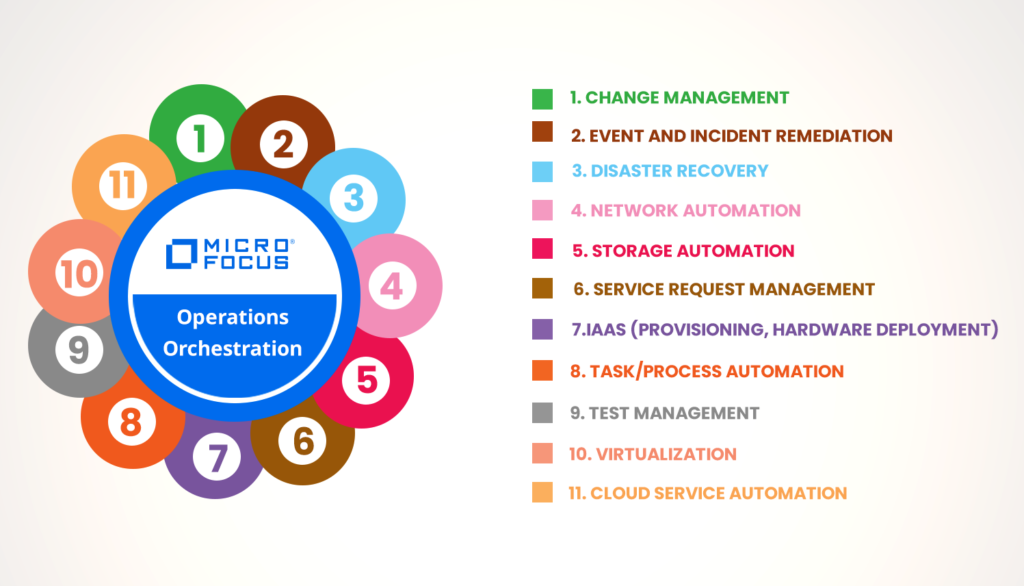Drive IT Optimization with Micro Focus Operations Orchestration:
In this fast changing tech driven world, IT administrators are always on the lookout for better tools and solutions to minimize operational workload and reduce costs. Not surprising then, IT managers have welcomed Micro Focus Operations Orchestration with open arms. Operations Orchestration enables them to integrate all software products thereby helping them offer end-to-end automation in IT.
Let’s get to the core of Micro Focus Operations Orchestration and understand how enterprises are leveraging it to automate everything from operations to processes.
Top capabilities of Micro Focus Operations Orchestration:
Fast integration – You can standardize any process and automate complete actions using workflows across your existing ecosystem.
Extensive out-of-the-box – You can leverage the existing 8000+ workflows available at the ITOM marketplace to get started or create your own as per your needs. A combination of the two also works.
ChatOps Collaboration – Maestro- the orchestration chatbot helps you perform actions and simplify tool interactions effortlessly. Want to reset your password? Count on Maestro to do that and much more in a jiffy.
Self-service fulfilment – You can empower just about everything- IaaS, PaaS and XaaS with versatile, comprehensive OCB operations and workflows.
Incident remediation – You can fully automate the steps to identify alert problems as well as the steps to rectify it.
Resource management– You can orchestrate your disaster recovery system that includes working across silos, process testing, automation of repetitive tasks etc to reduce resource requirements and bring down the operating costs.
Use Cases:

Primary Benefits of Micro Focus Operations Orchestration
The best thing about Operations Orchestration is its out-of-the-box functionality. When used correctly, it offers a bunch of benefits to users. Some of the top benefits include:
- You can build all your workflows with just two or three different types of operations, though a lot depends on how you design workflows.
- Being XML files, it is easy to retrieve the workflows and help users in automating quality assurance on flow development.
- Operations Orchestration enables users to scale up the environment too.
- As a concept, it is easy to understand and helps in-house departments work in tandem towards building a coordinated infrastructure delivery process.
- Increase in productivity and efficiency of the workforce.
- Better coordination and collaboration across teams.
- Service delivery is consistent, faster and better than before with a significant drop in the number of errors.
- Response time has improved to a great extent.
- With lesser scope for manual efforts and intervention, operational performance has improved to a great extent leading to greater customer satisfaction.
Summing up
Enterprises that have used Operations Orchestration have been able to radically save hours and increase speed of service delivery and response times. It reduces the workload on IT operation managers while the built-in content and workflows facilitate integrations with amazing ease.




